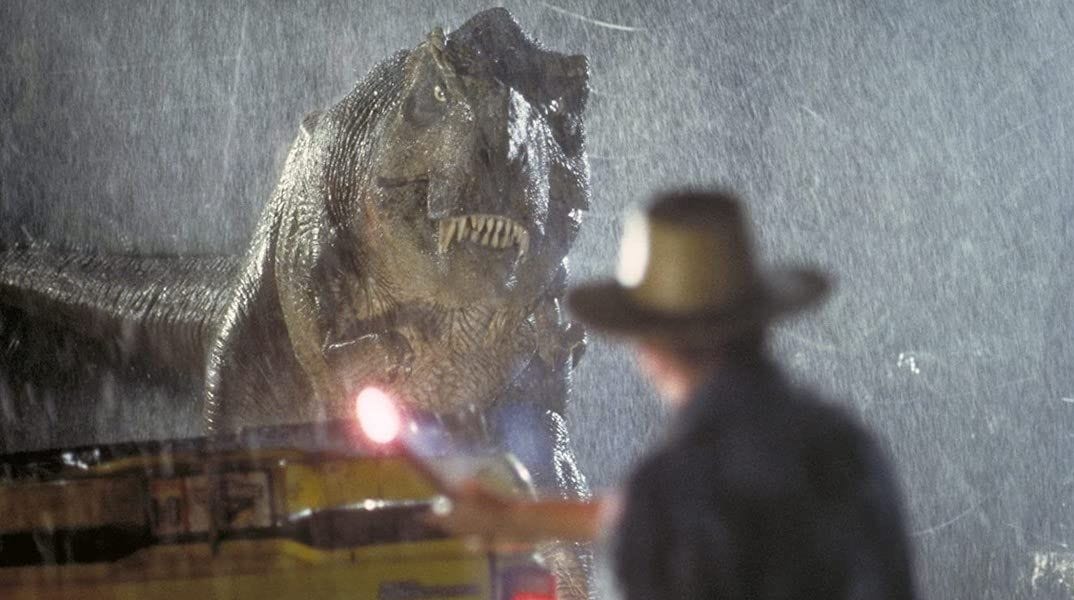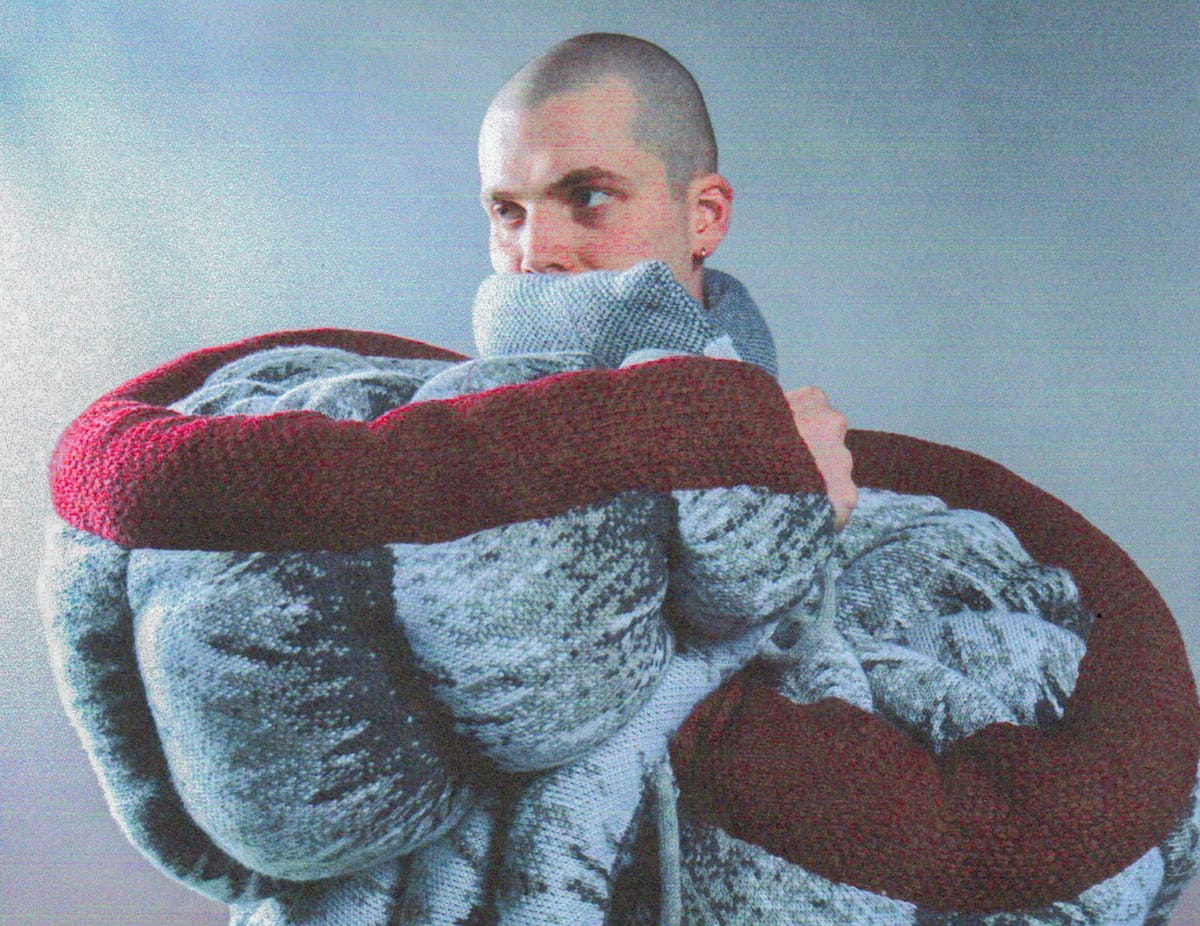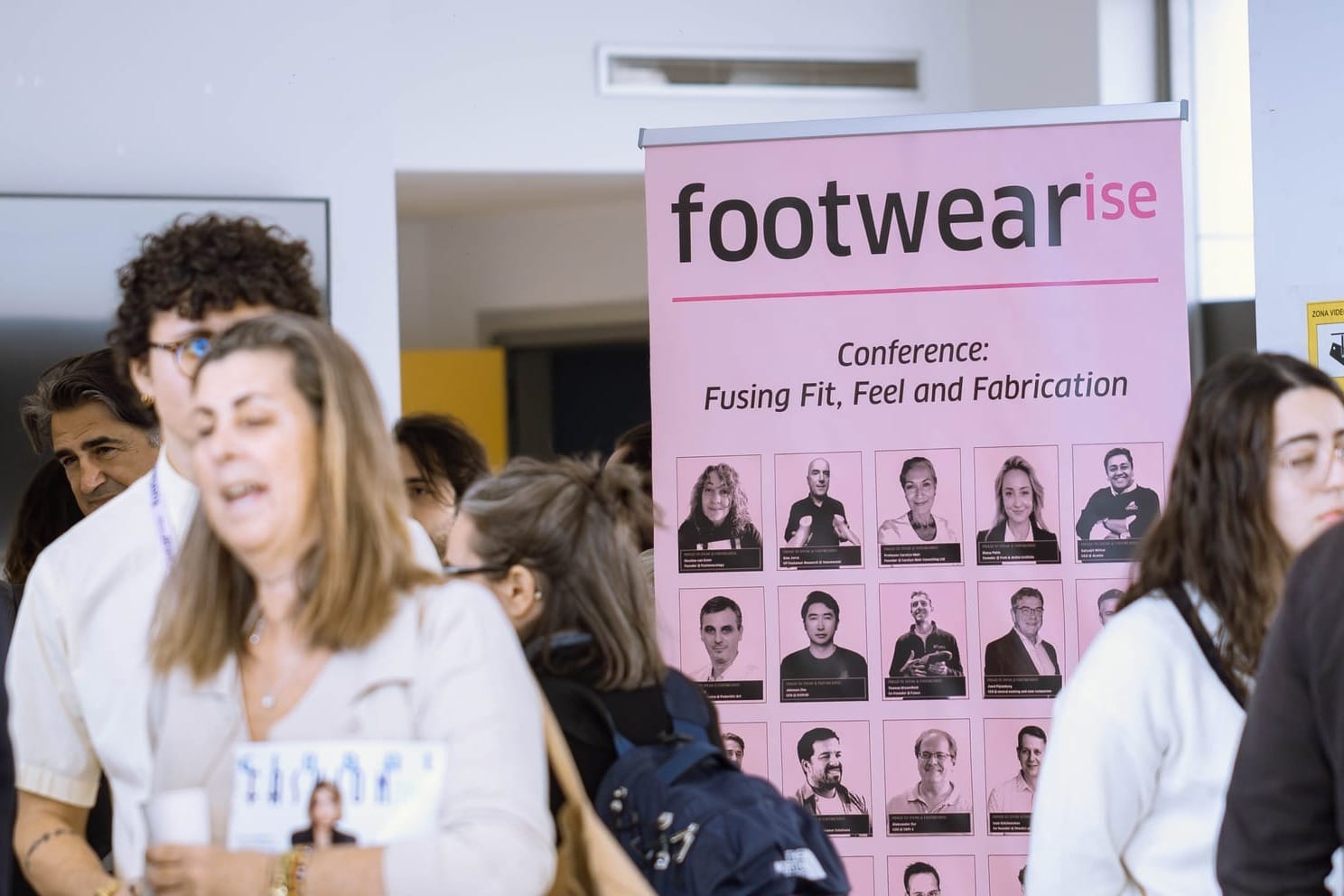In 1993, a rebellious animator at Industrial Light & Magic secretly rendered a walking T-Rex. That unsanctioned test - shown by chance to visiting producers - would upend the plans for Jurassic Park, convince Steven Spielberg to ditch stop-motion, and ignite a 3D revolution that transformed Hollywood forever.
In this fascinating session, Russell Koonce - who spent over a decade at ILM before leading 3D apparel at Nike - explores how the visual effects industry made the leap from analog to digital, and what the fashion industry can learn as it navigates its own transition to Digital Product Creation.
From rogue innovation to full pipeline transformation, Russell draws striking parallels between the rise of CGI and fashion’s evolving 3D journey - and tackles the big question: does fashion have the vision and leadership to take its own Spielberg-style leap?
Watch the full video interview below!
Don’t have time to watch the full video? Scroll down for a summary of key takeaways and noteworthy quotes.
Key Takeaways
1. Progress Starts with Rebellion
Innovation rarely comes from permission, but from curiosity and courage. Russell recounts how a single rogue animator at ILM secretly built a 3D T-Rex animation that ultimately changed the course of Jurassic Park.
He arranged to have it playing on a monitor when the producers came for a visit…and they were amazed.
That moment convinced Spielberg to gamble on 3D over stop-motion - a risk that redefined the film industry.
👉For fashion: Real transformation often starts quietly, with someone challenging the status quo.
2. Blend the Old with the New
The success of Jurassic Park wasn’t just about cutting-edge tech - it was the hybrid approach that made it timeless.
It’s about 15 minutes of dinosaurs in the whole movie - and nine of those were practical.
Russell emphasises how the physical and digital worked hand in hand: animatronics, stop-motion animators, and CGI artists collaborated to create something greater than the sum of its parts.
👉For fashion: 3D doesn’t (and shouldn't) erase traditional craft...it amplifies it.
3. Artistic Vision Still Matters Most
Technical skills are important but they’re not the whole story. Whether building worlds in film or garments in 3D, the creative eye is irreplaceable. As Russell points out, many of the best digital artists at ILM were former model makers and sculptors who adapted; not because they were tech-savvy, but because they understood light, form, and storytelling.
You can train a designer to use a computer, but you can’t train a programmer to design.
👉 For fashion: Great design still starts with the human eye and mind- not just a new tool.
4. Build Shared Understanding Across Teams
You can’t scale 3D in a silo. At ILM Singapore, Russell helped launch a 3D “boot camp” that included not just artists, but HR staff, assistants, and executives. The result? Deeper empathy, smoother workflows, and stronger buy-in across the board.
Even though they were never going to touch the tools again, it gave them a better sense of what was involved.
👉 For fashion: Scaling 3D requires a shared language, not just new software.
5. Pipelines Beat Lone Geniuses
In film, success didn’t come from a single superstar but from systems that allowed people to collaborate and specialise.
You can’t just save files on your desktop and name them whatever you like.
Russell highlights the importance of building structured pipelines and shared workflows to move beyond one-off pilots.
👉 For fashion: Build a system, not just a pilot.
6. Embrace the Next Revolution Before It Becomes the Norm
Just as ILM evolved into digital and later real-time pipelines, fashion must stay alert to what’s coming next. With tools like Unreal Engine now powering both film and fashion experiences, companies that invest in flexible workflows and creative-technological partnerships will be best placed to ride the next wave.
Visual effects is going through another dramatic revolution: virtual production.
👉 For fashion: Don’t wait until it’s standard; experiment with next-gen tech NOW while others are still watching.
7. Leadership Needs to Listen, Not Just Approve
Too often, decision-makers misunderstand or undervalue 3D - outsourcing strategy to consultants while ignoring internal expertise.
They bring someone in to interview the people doing the work...then repeat it back to management and collect a big paycheck.
Russell calls for more proactive, informed leadership that champions 3D internally, creates space for experimentation, and trusts the voices already doing the work.
👉 For fashion: Leaders don’t need to be experts - but they do need to show up, listen, and back their teams.
8. Learn Fast, Stay Flexible
Russell emphasised that many of ILM’s tools were custom-built, undocumented, and constantly evolving. Artists weren’t expected to know everything, just enough to get the job done. Learning how to learn became a key survival skill.
We didn’t have to know everything. We just had to know enough to do whatever job was at hand.
👉 For fashion: Don’t chase perfection. Prioritise flexibility, continuous learning, and adaptability over mastering one tool.
9. Don’t Wait for Permission to Upskill
Sure, formal training is helpful, but it’s not the only path. Russell reflected on how much of his own career growth happened outside the classroom, by self-teaching, experimenting, and staying curious. And while company support is nice, waiting for permission can stall progress.
There’s nothing preventing you from learning on your own. Some of the best 3D artists are completely self-taught.
👉 For fashion: If you want to lead the future, don’t wait to be trained. Start exploring, experimenting, failing and learning now.
Roll Credits...
Much like ILM’s journey from stop-motion to CGI, fashion’s shift to 3D won’t succeed on tools alone; it needs collaboration, trust, shared learning, and a few brave creative risks along the way.
Whether it’s one designer running silent tests after hours or a leadership team bold enough to rethink the process entirely, fashion’s “Spielberg moment” won’t come from waiting. It’ll come from action.






